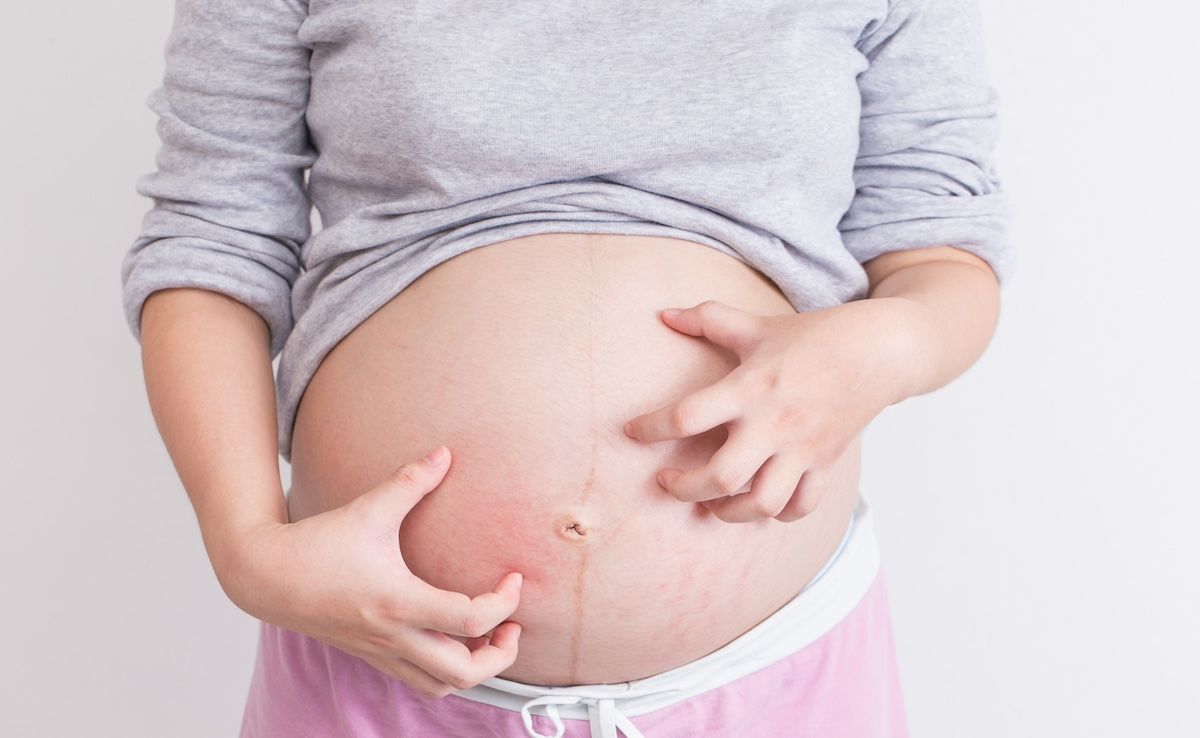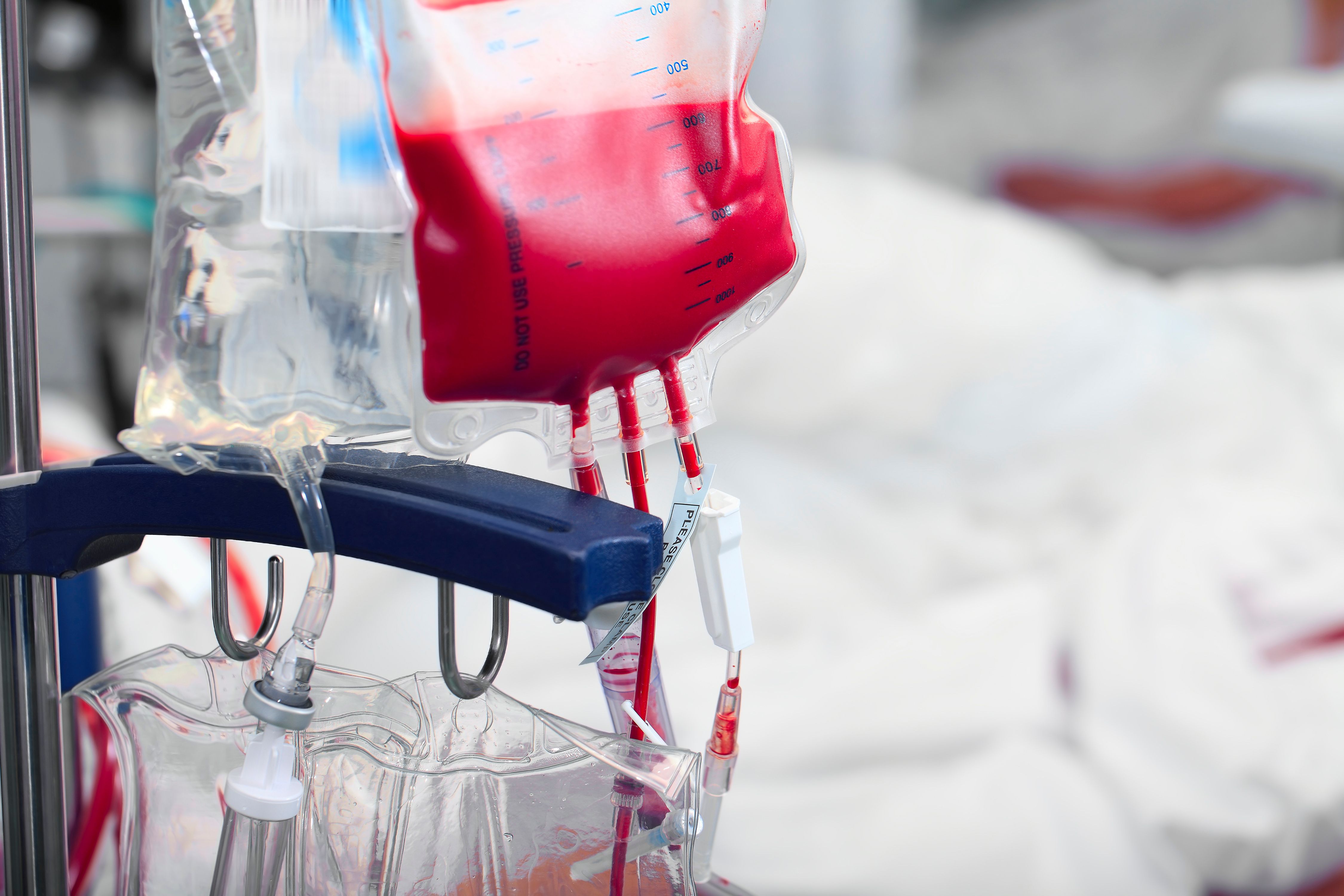Article
Three CAR T-Cell Trials, 2 Outcomes, for Second-line LBCL Therapy
Author(s):
Both the ZUMA-7 trial for axicabtagene ciloleucel—approved for second-line treatment earlier this year—and the TRANSFORM trial for lisocabtagene maraleucel showed significant improvement over standard of care for large B cell lymphoma (LBCL), while the BELINDA trial for tisagenlecleucel did not.
Originally approved for use after 2 lines of treatment in large B cell lymphoma (LBCL), chimeric antigen receptor (CAR) T-cell therapies have shown promising efficacy in patients with the disease, resulting in consideration of earlier use and the initiation of 3 trials to see whether the treatments are superior to standard of care in the second line. In a recent paper, the American Society for Transplantation and Cellular Therapy published their interpretation of the variable trial outcomes.
Both the ZUMA-7 trial for axicabtagene ciloleucel—approved for second-line treatment earlier this year—and the TRANSFORM trial for lisocabtagene maraleucel showed significant improvement over standard of care, while the BELINDA trial for tisagenlecleucel did not.
In ZUMA-7, median event-free survival (EFS) was increased 4-fold for patients receiving axi-cel compared with standard of care (8.3 months vs 2 months), and 24-month EFS was 41% for axi-cel compared with 16% for standard of care.
In TRANSFORM, median EFS was 10.1 months for patients receiving liso-cel compared with 2.3 months for standard of care.
Meanwhile, in the BELINDA trial, median EFS was equivalent between patients receiving tisa-cel and those receiving standard of care, with a median EFS of 3 months for both groups.
“Given differences in outcomes between the three trials, a key question is what drove those differences. Was it differences in study design, patient populations, CAR T-cell product, other factors, or a combination of factors? It is critical to try and understand those differences, particularly as we implement the results of these trials into clinical practice,” explained the group, noting that the most prominent differences between trials were seen with BELINDA, and that there were several factors that could have contributed to its outcome.
While EFS was the primary endpoint in all 3 trials, each trial had a different definition of the marker. For example, EFS in TRANSFORM was defined as “time from randomization to death due to any cause, progressive disease, failure to achieve CR or PR by 9 weeks post randomization, or start of new antineoplastic therapy, whichever occurs first,” while in BELINDA, EFS was defined as “time from randomization to stable or progressive disease at or after the week 12 assessment by the independent review committee according to the Lugano criteria.”
The group flagged that the BELINDA trial also included a PET scan at 6 weeks, which did not count as an event and may have affected clinical decisions.
Another notable difference highlighted by the group was the vein-to-vein time, which was a median of 52 days (IQR 43-61) from leukapheresis to infusion in BELINDA, the longest across the 3 studies. In ZUMA-7, the median time from randomization to infusion for axi-cel was 29 days (IQR 27-34) and in TRANSFORM, the median time for liso-cel was 34 days (IQR 31‒36).
“This is particularly relevant since 26% and 14% of patients had evidence of progressive disease on the PET scan at 6 weeks in the tisa-cel and SOC arms, respectively. The lower response rates (both ORR and CR) seen with tisa-cel compared to axi-cel and liso-cel were mostly consistent with results in the 3rd line setting. It is interesting to note that, in the case of tisa-cel, patients treated on BELINDA had lower ORR (46%) and CR (28%) compared to those treated on the original JULIET trial (ORR: 52%; CR: 40%). The lower CR rate, in particular, may be a significant factor contributing to the overall outcome of the trial.”
Across the trials, inclusion criteria were similar, requiring patients to have refractory or relapsed disease within 12 months of first-line treatment. In addition to LBCL, patients with mediastinal B-cell lymphoma and follicular lymphoma grade 3B were allowed to enroll in the TRANSFORM and BELINDA trials. The TRANSFORM and BELINDA trials also allowed for crossover, while ZUMA-7 did not.
Age distribution across the trials was similar, and in all 3 trials, patients receiving CAR T-cell therapy were more likely to have ECOG PS1 than patients receiving standard of care. Due to a stratification error in the initial phase of the study, there was an imbalance of distribution of IPI in BELINDA. While 65.4% of patients receiving tisa-cel had IPI ≥2, 57.5% of patients receiving standard of care had IPI ≥2, which the group said may have contributed to a higher percentage of high-grade LBCL among patients receiving the CAR T-cell therapy (20% vs 12%).
Compared with the other 2 trials, ZUMA-7 had more patients classified as having GCB (58%) and had more patients with refractory disease (74%; compared with 62% in BELINDA and 73% in TRANSFORM).
Reference
Perales M, Anderson L, Jain T, et al. Roles of CD19 CAR T cells in second line large B cell lymphoma: lessons from phase 3 trials – an expert panel opinion from the American Society for Transplantation and Cellular Therapy. Transplantation and Cellular Therapy. Published online June 26, 2022. doi: 10.1016/j.jtct.2022.06.019





